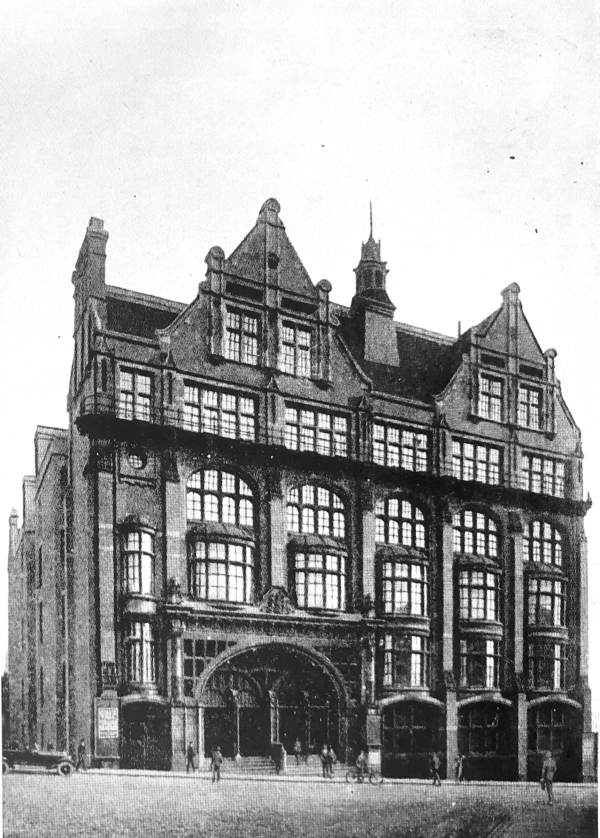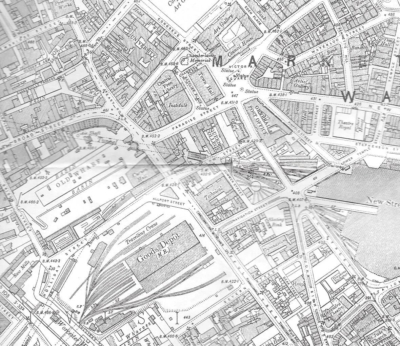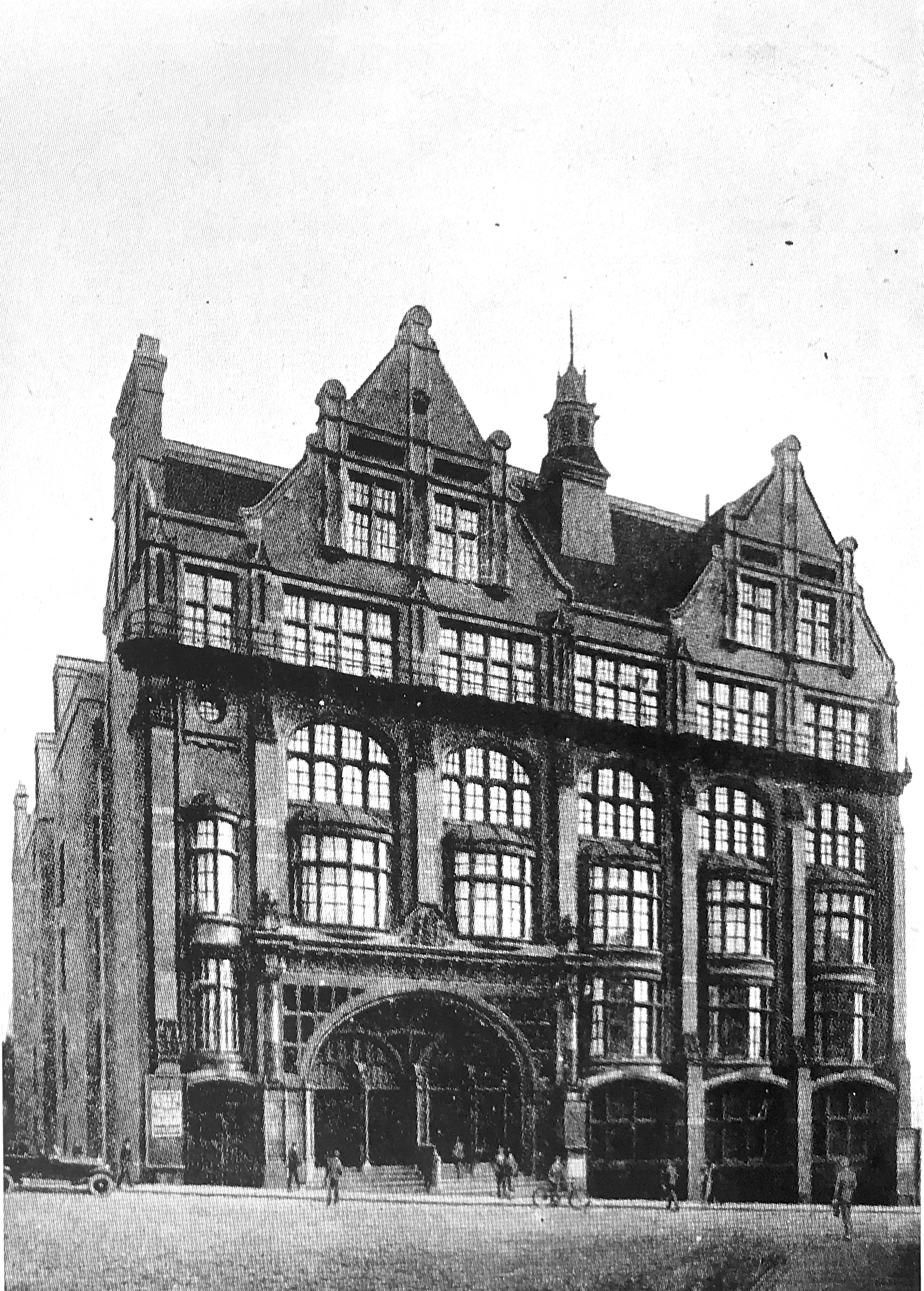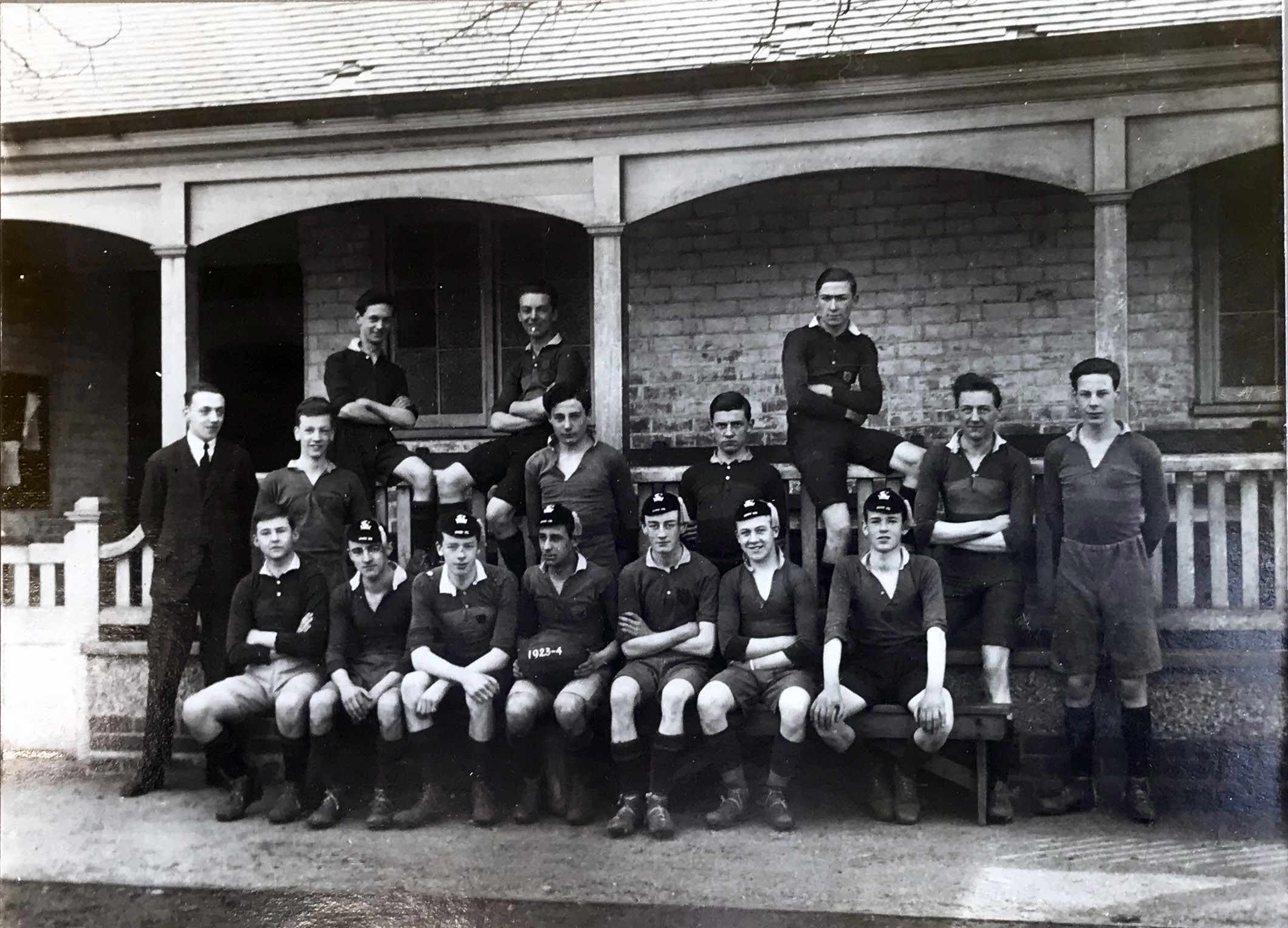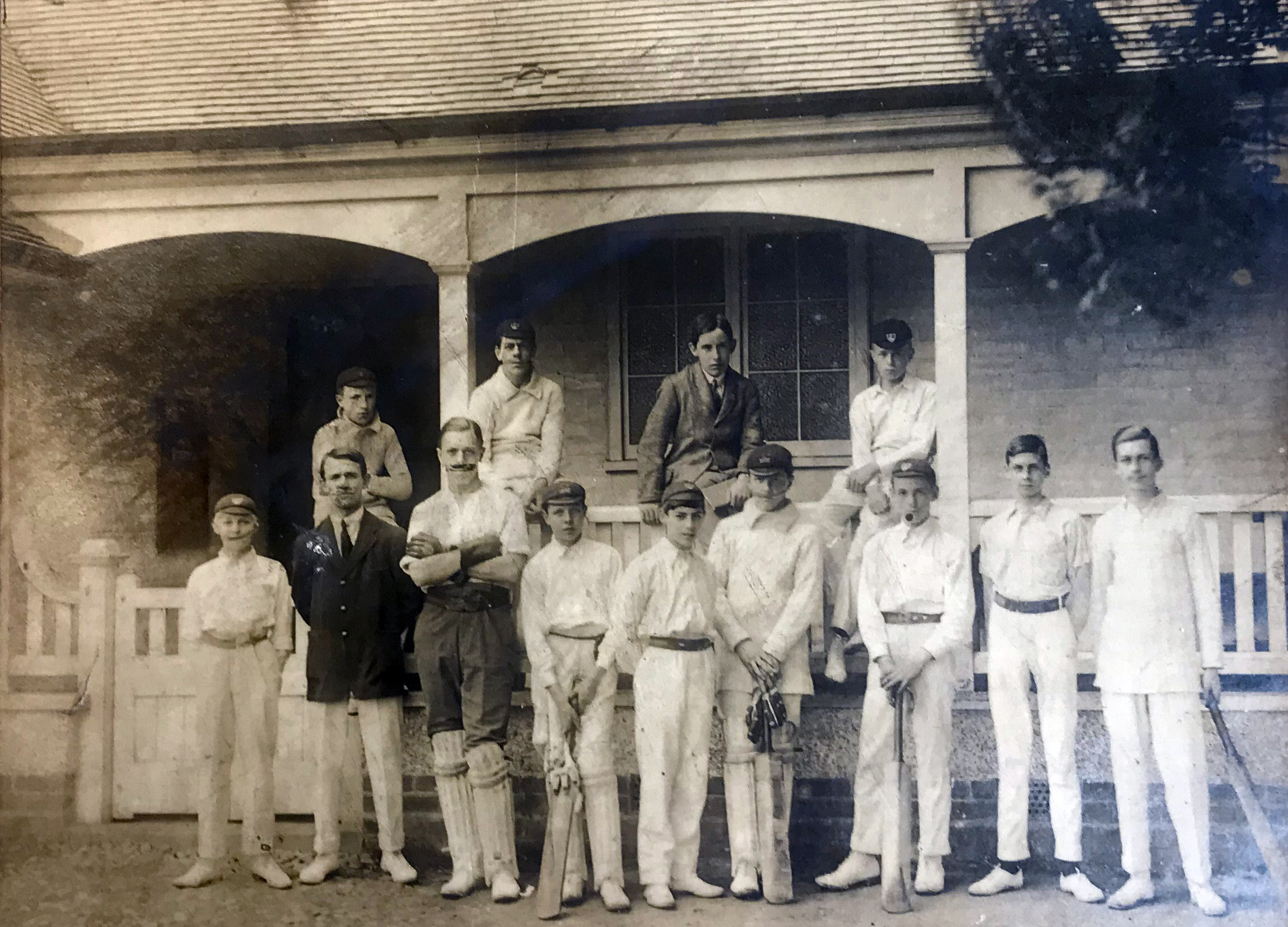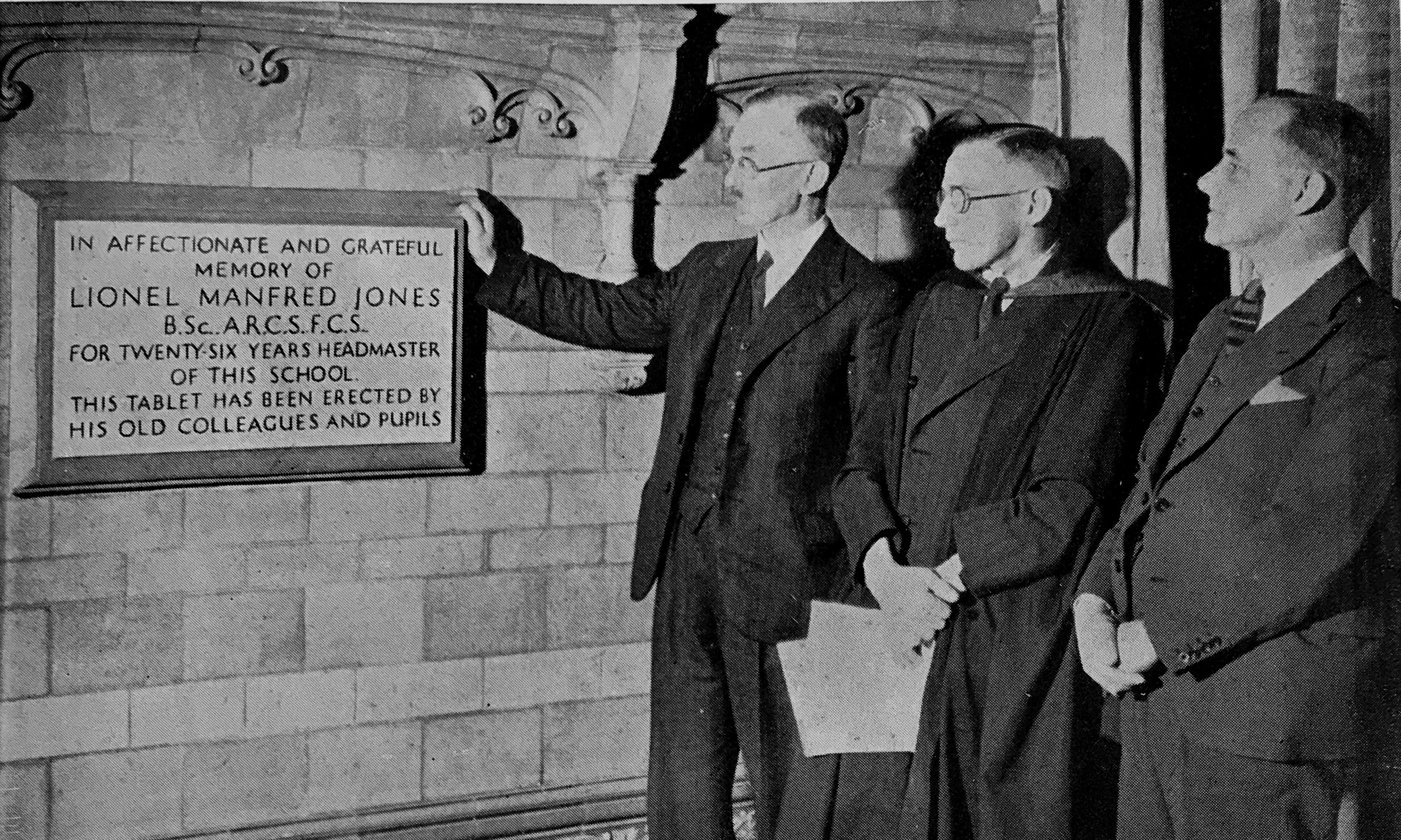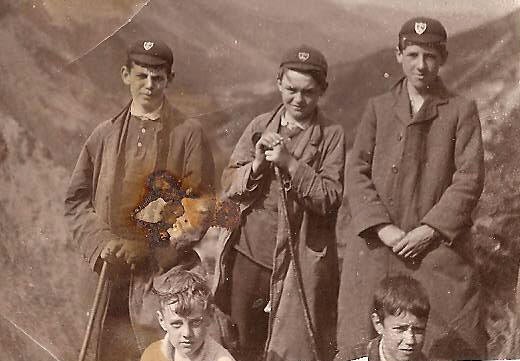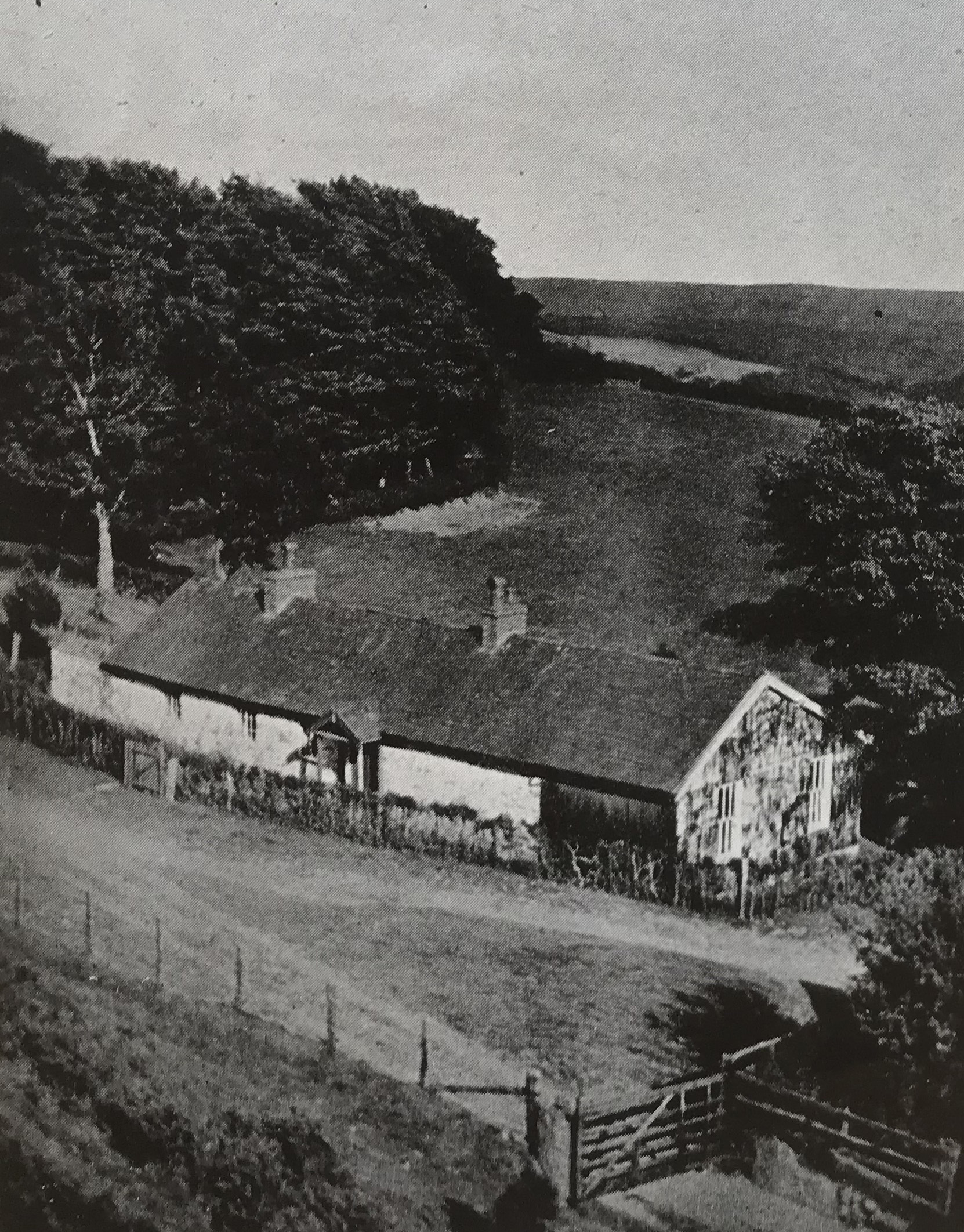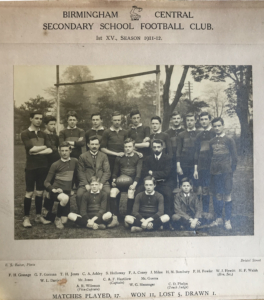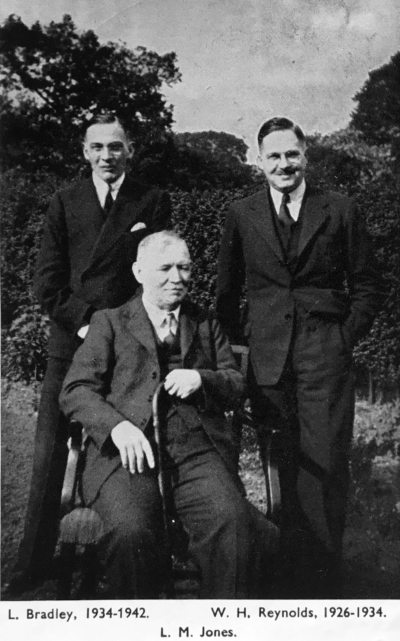Central Grammar School, Birmingham – A Proud History
Central Grammar School has a very proud history in Birmingham, stretching back to the late 19th Century, A time of massive change and entrepreneurship in the City.
Over the years, the School has seen many changes, including three locations, not to mention the School’s evacuation to Wales during World War 2. The School’s final location was not exactly “Central” having moved from its second location in Cherrywood Road, Bordesley Green, to Gressel Lane in Tile Cross.
In the late 1950s the City had also created two new schools – Byng Kenrick Girls’ Grammar School and Sir Wilfrid Martineau School, named after Wilfred Byng Kenrick and Wilfred Martineau respectively, two men who had each been prominent local politicians and Lord Mayors of Birmingham. These two Schools were situated next to this new location of Central Grammar School
Eventually, political pressures in Education, led to the City abolishing some grammar schools in 1974, which saw Central and neighbouring Byng Kenrick Girls Grammar School merged to create Byng Kenrick Central School (BKC), a co-educational comprehensive on Gressel Lane.
By 2000 Sir Wilfrid Martineau School was failing badly and so in an attempt to ‘save it’ the City hastily decided that the adjacent Byng Kenrick Central School would ‘take it over’ and be renamed. This was to be “The International School”. After a number of “Management Changes” and achieving Academy Status, the School is know known as Tile Cross Academy, with the majority of the CGS Buildings still in use. The Academy is striving to maintain the History of Central Grammar School with one of the 4 School Houses being named “Central House”. The Academy is continuing it’s association with Bryntail Cottage.
The following articles in this section are edited versions of documents from Former Teachers and Pupils which we have located in various school archives.
A SHORT HISTORY OF CENTRAL GRAMMAR SCHOOL
By B.D. Roberts Llb.; BA. Deputy Headmaster 1971 – 1983
BEGINNINGS
Central Grammar School is one of several proud Birmingham products of the last reforming quarter of the nineteenth century.
The Great Exhibition of 1851 roused the Nation to a sense of the need to solve its technical education problems in a way better than that provided by the decaying system of apprenticeships. At that time, Mechanics’ Institutes and classes under the Science & Art Department, together with training workshops and the technological examinations of the Society of Arts, did do something for technical education.
In 1878 the City & Guilds of London Institute for the Advancement of Technical Education was founded. Following a royal commission in 1882, the Technical Instruction Act 1889 gave local authorities power to levy a penny rate for technical education. Then, of delightful importance to us, in 1890, the residue (about £¾ of a million) of the produce of a tax on beer and spirits was allocated to local authorities with permission to apply it to technical instruction.
Birmingham, encouraged by this subsidy, opened the Municipal Technical School in 1891, in rooms rented at the Midland Institute.
The success of the evening courses at this school proved there was a real demand for technical education at low cost (2/6d or 12.5p per subject). The City, therefore, proposed to buy land in Suffolk Street and build a college there. A plan to spend £58,000 was approved, with some misgivings.
On the 18th November 1893, the foundation stone was laid.
However, the ‘”Beer’ Money having been spent already, and the estimates having risen to £89,262-10s-11d, the council changed its mind, and it was not until March 1897 that the foundation of the Birmingham Municipal Day School was approved. (The school became known as the Central Secondary School in 1900.)
As the school’s first headmaster wrote in the 1947 (Jubilee) Edition of Hammer’ (the school magazine):
The. school was started under the Acland scheme of organised science schools. The Birmingham school was, I think, the only one that attempted to fulfil Acland’s purpose: to provide a full secondary school course for boys from 12 to 16 years of age, based upon English, modern languages, science and much practical work, and to provide through or in addition to such a curriculum ethical, cultural and physical training.
The City of Birmingham Technical School Committee saw the new school as e specially providing suitable education for boys who intended to enter industries where a knowledge of Applied Science would be useful. It was not intended for the future artisans but rather for boys who hoped to hold such positions as Works Managers, etc… In the last two years of the four-year course there was to be specialisation in Engineering, Electrical Engineering·, or Applied Chemistry and Metallurgy. The course was also intended to prepare boys to go on to study Science at Mason College.

First Headmaster
W. Mayhowe HELLER B.Sc. 1897 – 1900
This then was the school which opened on 17th September 1897 with 78 pupils; the Headmaster, Mr Heller; eight form-masters; three workshop instructors and two assistants, enthusiastically aided by a member of the inspectorate – Mr George Kitchen, who frequently taught classes, painted scenery for school plays and helped with exhibitions and social functions; and by visiting staff from Mason College and the Birmingham School of Art. The pioneering impetus of Mr Heller and his helpers saw the School expand to 200 boys by 1900 -when Mr Heller returned to the Inspectorate, in Ireland.
The words of the first head, in his letter to the editors of the Jubilee magazine, reflect both the spirit of 1897 and the modernity of his educational thinking:
Myself, a believer in the Public School system and even an “old school tie”, we set out to achieve these non-material aims, with no tradition behind us, and with material to much of which these ideas were foreign. 0ur main purpose was to turn out the right kind of boy, apart altogether from his excellence of scholarship, and in my few years we achieved a little in this direction. Any offence against our code of good conduct or against the common COMFORT OF THE SCHOOL was punished by withdrawing from the culprit FOR A FEW DAYS the privilege OF WEARING THE SCHOOL CAP
Our methods and curriculum were not vocational, but a deliberate preparation for vocation in its widest sense. The time-table was divided roughly equally between class-room instruction, and time spent in laboratories, workshops, drawing-office and the art school. Though brought up inside the tradition that assumed that secondary education must be based upon Latin, I found that time devoted to this subject would impair the efficiency of much that I considered more valuable.
Modern languages were taught conversationally from the beginning. Grammar was not taught as a specific subject, but as subordinate to English composition. Every third lesson in Geography and History was illustrated by lantern slides made by sixth form boys. We tried to make instruction in each subject a problem of educational research.
L M Jones B.Sc., A.R.C.Sc., F.C.S. 1900 – 1926
The school’s longest-serving headmaster occupies a special place in the affections of Old Centrals, with his love of school plays, bustling precision and punctuality, striding the innumerable stair-cases of the monumental Suffolk Street building.
1900 – 1926 were momentous years. The Great War carried away 71 Old Centrals (the War Memorial transferred from the old home and now takes pride of place in the building which was the last home of Central Grammar School before the merger with other schools to form what is now Tile Cross Academy)
The same war cast into confinement as an enemy alien an outstanding master – Herr E.F.Seckler. A pioneer of the school drama society, and of the school’s camping tradition, he was also much involved in fund-raising to provide the school with its first sports pavilion – as a reward for his labour in 1914 he was immediately accused of putting down a concrete foundation for heavy guns to destroy the University buildings!

Bryntail Camp
Inspired by a visit to Birmingham in 1908 of General Baden-Powell (the founder of Scouting), Herr Seckler (with Monsieur H. Guerra) established tented school camps at Holt Fleet in the Severn Valley. When, during the war camping there became impossible, the school camp was transferred to the small cottage of a friend on the top of a mountain on the east side of the Plynlimon range in Wales – BRYNTAIL.
Here from 1915 onwards school camps were organised by Monsieur H. Guerra, whose many interests which benefited the school also included theatricals, rugger and swimming. These two masters, Herr Seckler and Monsieur Guerra, established the very English traditions of our Welsh camp – traditions which continue and grow to this day. It is impossible to overstress the importance of Bryntail to Central – in the eyes of many old boys it is Bryntail that enshrines the Central tradition, infinitely more than the (then 1960/70s) elegant modern school building in its un-central position at Tile Cross.
The first of two long leases of Bryntail was eventually purchased for the school with funds specially raised by the activities of members of the school, old boys, and friends. Camps for boys and old boys were held there each Easter, Whit and Summer holidays.
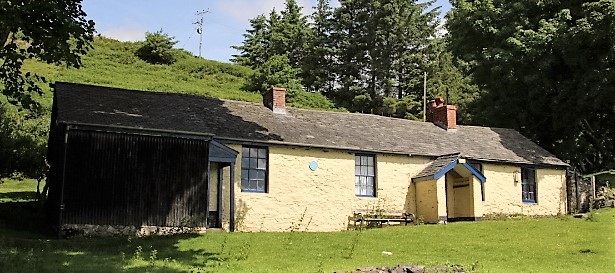
Rugby Football Success
RUGBY FOOTBALL entered the Central tradition when L.M.Jones (himself a former Welsh International Trialist), M. Guerra, and former English International H.Laxon (briefly a Master at the School) introduced Rugger training in 1909-10. Rugger replaced Soccer in 1911, the School winning its first Match – against the Staff. In that First Season it went on to play 53 matches, only losing 14. 147 boys played in various teams.
In the1913 season, Lakin won Central’s first Schoolboy International Cap.
To the L.M. Jones era also belongs de facto (if not de jure) the Old Boys’ Association. Mr Heller had given The Old Boy’s Association a tentative start as early as 1899 but by 1905 it was defunct. It was revived in 1906 and its now famous rugger club was founded in 1913
In L.M.Jones’ last year at Central, during his prolonged illness Mr L.C. Evans was acting Headmaster. He too is a part of Central Legend, a Pickwickian character, famous as a producer of Shakespeare’s plays and Editor of “Hammer” – a pillar of Central from 1904 to 1936.
W. H. Reynolds M.C., M.Sc., A.R.C.S., 1926 – 1934
The School’s third Head, in the sometimes difficult years between the Wars, was a Famous Birmingham School-master of great tact and persistence. He wrestled in times of close economy with the problems of the old fashioned Suffolk Street building, and gave strong impetus to a continuous music tradition at Central.
He was required to bring in Ministry Curriculum changes, which bought Central into line with the City’s Grammar Schools. Old Boys of the time remember with respect his encouragement and positive support of their aims.
From Central, Mr Reynolds went on to the Headship of Kings Norton Secondary School, and in 1952 he was awarded an O.B.E for his services to Education and Music in the City.
L.Bradley M.A. 1934 – 1942
The school’s fourth head, an open scholar with a first in Maths, and a keen scouter, ruled in difficult years. The School acquired new Playing Fields in Metchley Lane, but it required the intervention of Hitler to produce the much-needed new building.
A parents’ association was formed in 1935 and flourished until the war (a fore-runner of the parents’ association in the early years was the ‘Ladies Committee’ which had provided refreshments at plays and Sports Days and also made costumes for plays): old boys were cajoled into giving careers advice to boys. A graceful and unique gesture by the Old Boys’ Association in 1939 recorded their gratitude to a lady member of staff appointed temporarily in 1914 who graced the school until 1930 – Mrs E.H.Cantrell, ‘Madame’, was elected president.
In 1939, War came and with it the Evacuation of the School to Pontypool, Wales. Central boys who were not evacuated were accommodated at King Edwards Aston. Old rivalries were shelved with joint Rugby XVs being fielded.
The early war years saw many air-raids. A talented boy – Robert Gray, a Prefect and Editor of the Aston section of ‘Hammer’ was tragically killed in one such raid. These were years of Air-raids, of Harvest Camps and ‘Digging For Victory’.
Evacuation ended in 1942, and the wise words of L Bradley recorded this:
In such an upheaval of our lives, there must always be both Loss and Gain. Never mind the Loss – that is over and done with. The Gain has been real. I never knew a time when the contact between masters and boys was so close and sympathetic, when we knew each other so well, when the School was so lively in mind, and the boys so self-reliant. We shall have to find ways of keeping hold on all these Gains

